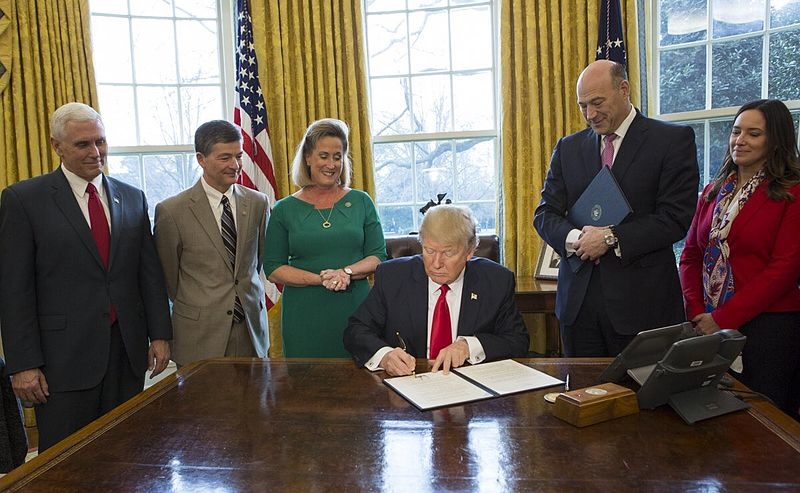Bolivia & the Global Fight Against Climate Change
In the past year, the Bolivian government has emerged as an outspoken critic of climate change policies.
The United States’ reliance on Middle Eastern oil and the carbon emissions produced by the surging demand for fossil fuels in Asia tend to dominate discussions about the role of energy in U.S. foreign policy. But in recent years, the energy relationship between the United States and Latin America has perhaps become more important than either of those issues, as the largest share of the United States’ international trade and investment in the energy sector has occurred within the Western Hemisphere.
The energy markets of the Americas are deeply integrated. Despite the shale boom, which led to a sharp increase in U.S. oil production and a drop in imports, the United States still relies on Latin America for more than 30 percent of the oil it buys from abroad. For governments in Colombia, Ecuador, Mexico, and Venezuela, meanwhile, oil exports to the United States provide a critical source of revenue. And Latin America is a growing importer of U.S. natural gas and the largest market for U.S.-made refined petroleum products, such as gasoline.
American oil companies and utilities are big investors in Argentina, Brazil, Mexico, and Venezuela, helping to develop the energy resources of all those countries. In Brazil, the United States’ direct investment in oil and gas extraction reached $2.4 billion in 2015; in Mexico, the figure was $420 million. Washington’s financing and technical cooperation programs have further helped the development of new energy resources in the region.
In the past year, the Bolivian government has emerged as an outspoken critic of climate change policies.
The question remains if Mexico has achieved a degree of institutional development consistent with its participation in those organizations.
Focusing on transnational crime is a top priority of the Obama administration’s policy in Latin America.
 Office of the President of the United States / Twitter
Office of the President of the United States / Twitter